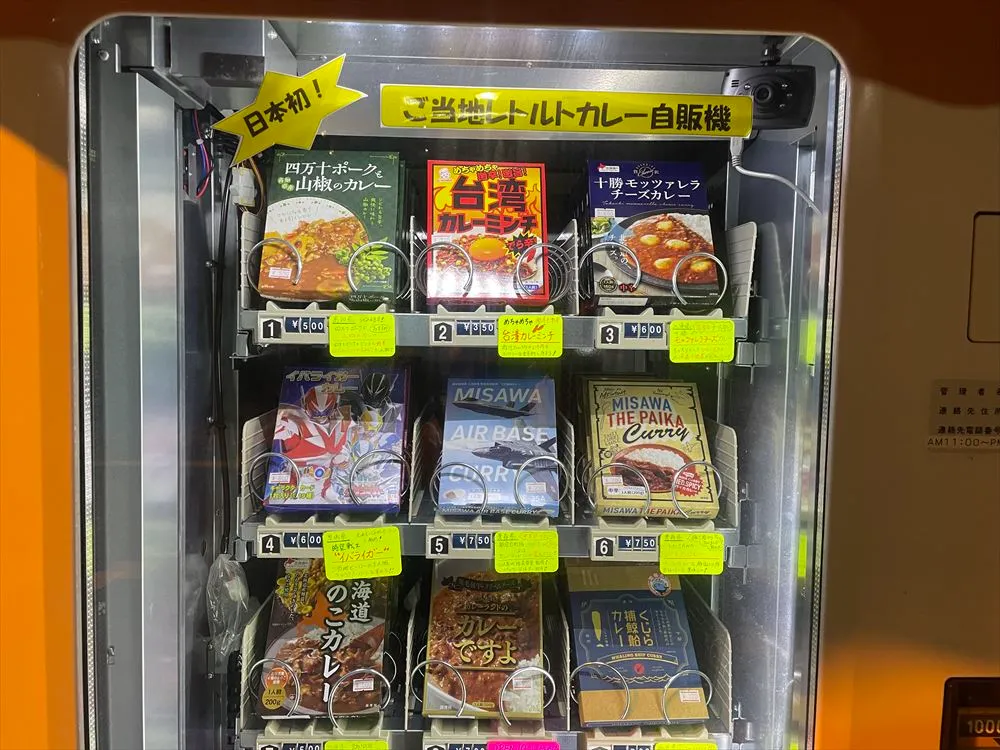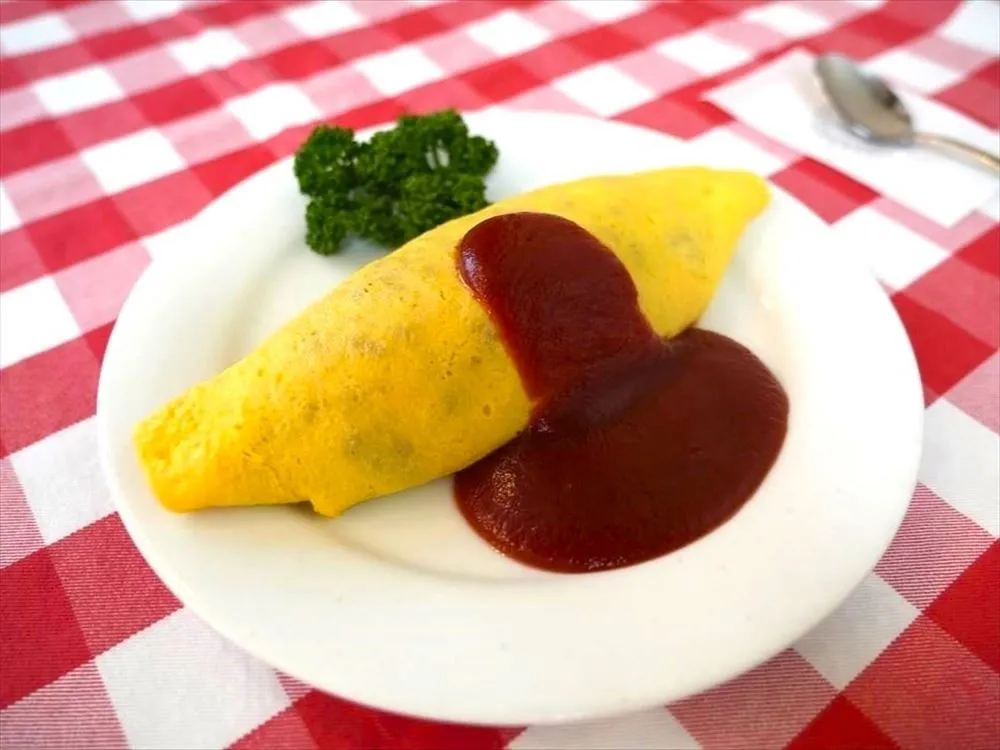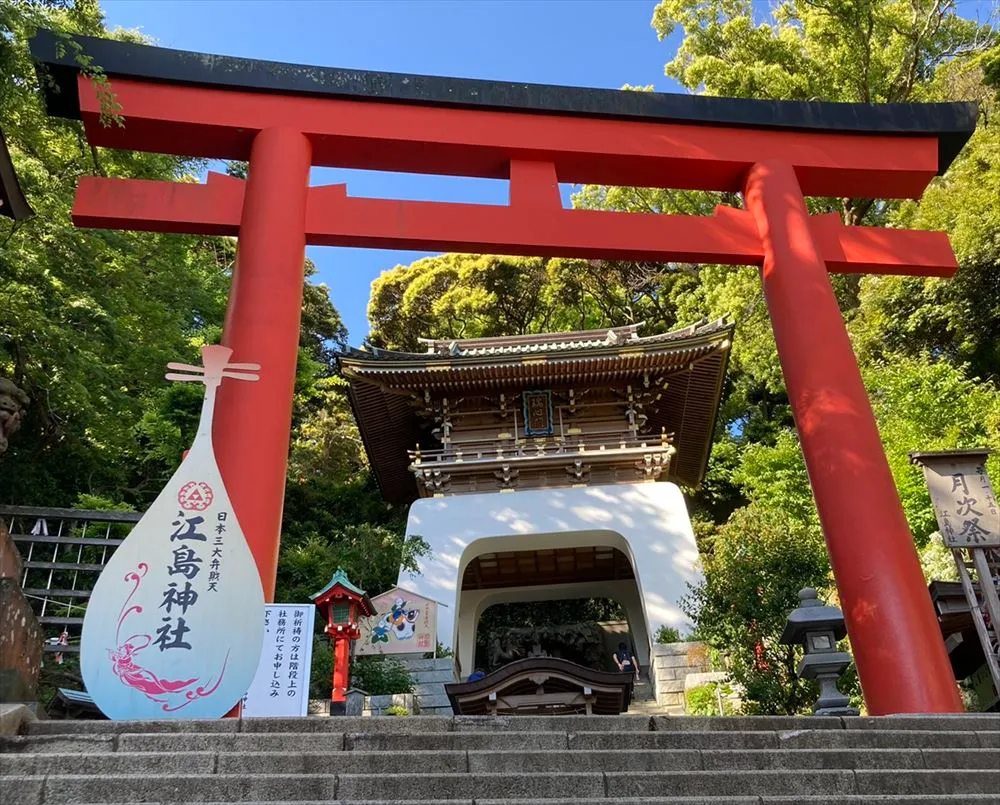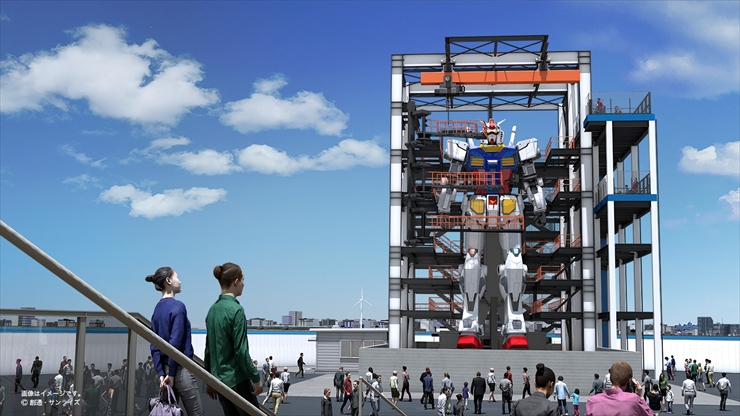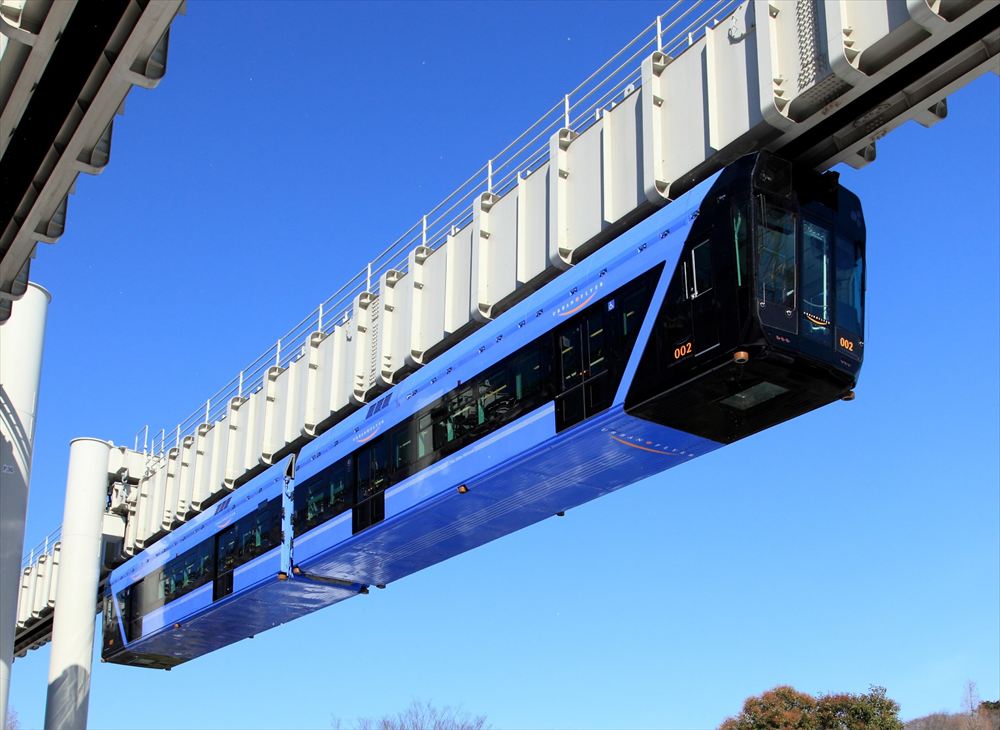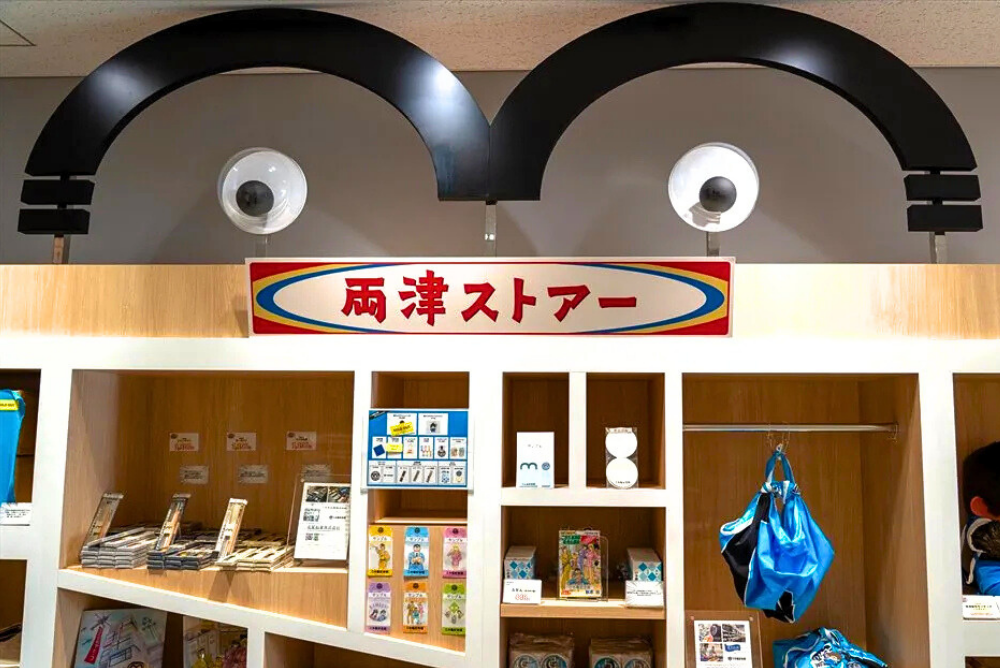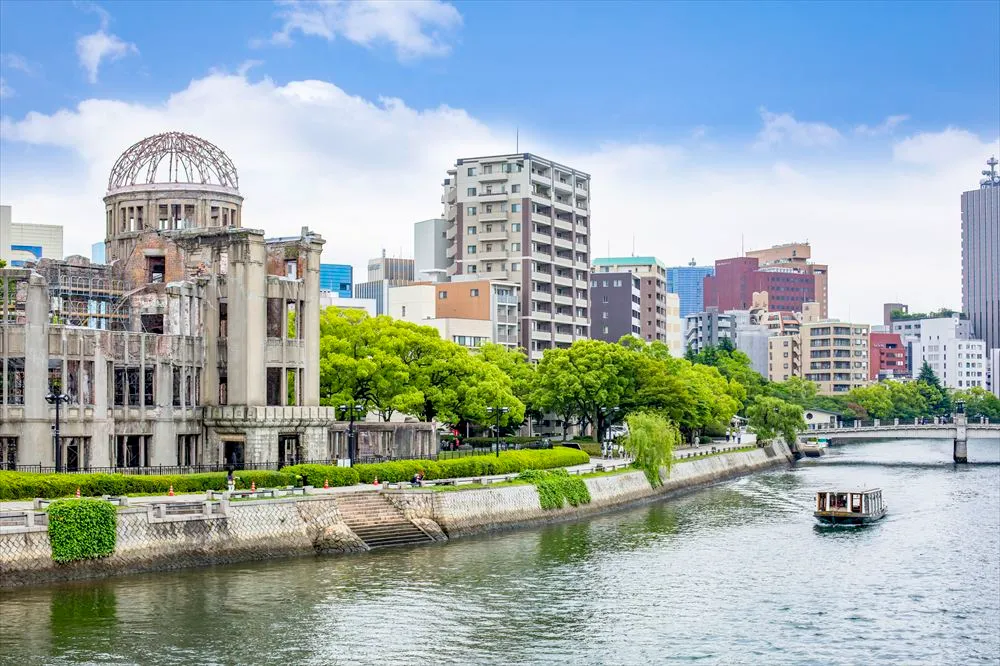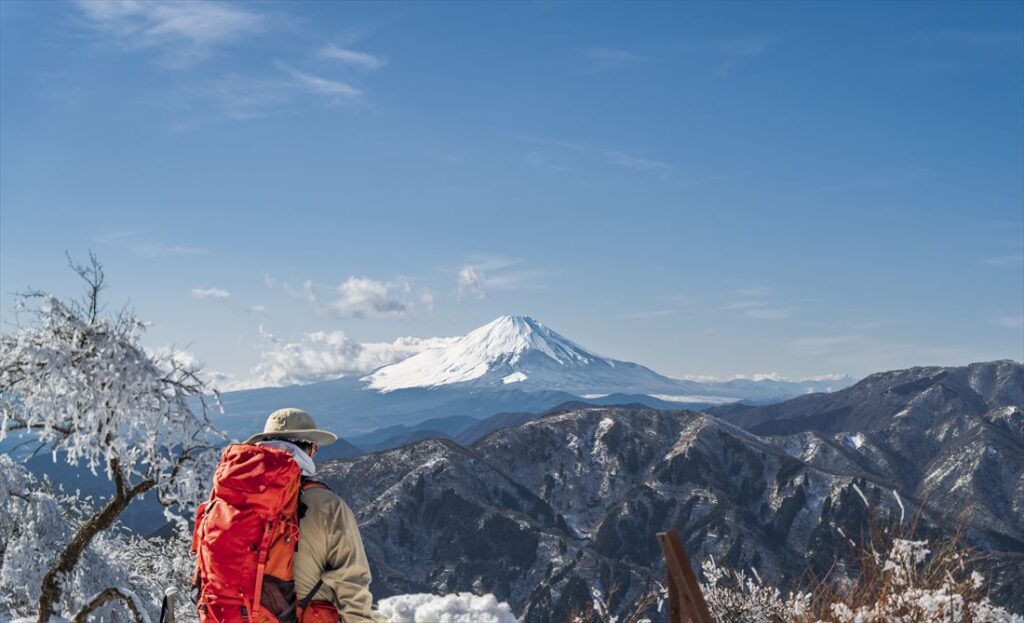 Kanagawa Prefecture, located just south of Tokyo, is home to a rich variety of attractions, from bustling urban areas to superb natural scenery. With its proximity to Mt. Fuji and its long-loved hot spring destinations, it’s a perfect spot for a relaxing retreat. While Kanagawa is famous for places like Yokohama, Kamakura, and Hakone, there are plenty of interesting lesser-known spots worth exploring.
Kanagawa Prefecture, located just south of Tokyo, is home to a rich variety of attractions, from bustling urban areas to superb natural scenery. With its proximity to Mt. Fuji and its long-loved hot spring destinations, it’s a perfect spot for a relaxing retreat. While Kanagawa is famous for places like Yokohama, Kamakura, and Hakone, there are plenty of interesting lesser-known spots worth exploring.
Enjoy Fun & Retreats in Kanagawa, Freely and Casually!
- 【Kawasaki City】
- Japan Open-Air Folk House Museum
- Kawasaki City Fujiko・F・Fujio Museum
- Kawasaki Daishi
- Factory Nightscapes and Cruises
- 【Jogashima (Miura City)】
- Umanose Domon
- Umiu Observatory
- The Island's Two Lighthouses
- 【Isehara City】
- Oyama Afuri Shrine (Isehara City)
- 【Three scenic spots in Kanagawa for viewing Mt. Fuji】
- 【Odawara City】
- Odawara Castle
- Minaka Odawara
- Odawara Art Foundation Enoura Observatory
【Kawasaki City】
Situated between Tokyo and Yokohama, Kawasaki is the second-largest city in Kanagawa Prefecture. Generally known as an industrial hub, the city also offers deep cultural experiences that highlight its rich history.
Japan Open-Air Folk House Museum
This open-air museum preserves traditional Japanese houses, giving visitors a taste of what it’s like to stroll along an old street lined with historical houses and other structures. The museum features 25 designated Cultural Properties, including the famous gassho-zukuri houses from Shirakawa-go in Gifu Prefecture and a kabuki stage! If you get hungry, visit the soba noodles restaurant located inside one of the gassho-zukuri houses, or savor sweet rice dumplings at the snack stand (may have temporary closures).
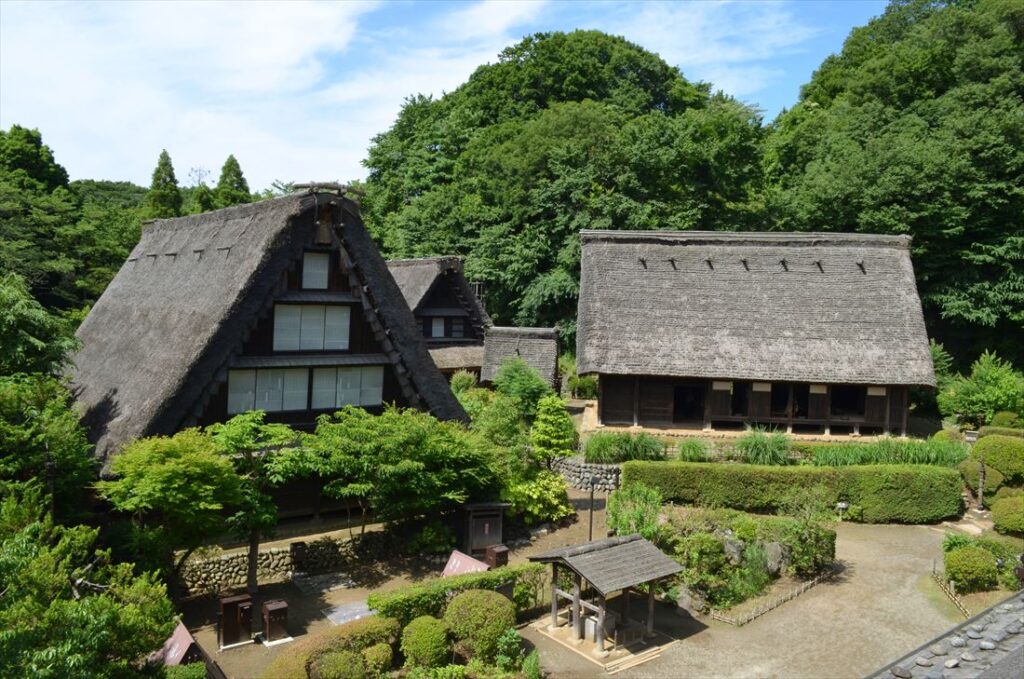
Admission Fee: Adult 550 yen, high school and university student 330 yen (student ID required), senior aged 65 and over 330 yen (proof of birthdate required), free for junior high school student and younger
| Access | Mukogaoka-yuen Sta. (Odakyu) → 13 min walk |
| Business hours | March-October 9:30-17:00 (admission until 16:30), November-February 9:30-16:30 (admission until 16:00) |
| Regular holiday | Mondays (open on national holidays), the day following a national holiday (open when it falls on Saturdays, Sundays, or holidays), New Year holidays (December 29-January 3) *May have temporary closures |
Kawasaki City Fujiko・F・Fujio Museum
This museum is dedicated to the works of Fujiko・F・Fujio, the legendary manga artist who created popular national icons like “Doraemon.” Admire original manga drawings and take photos with beloved characters at various photo spots. Reservations are required in advance.
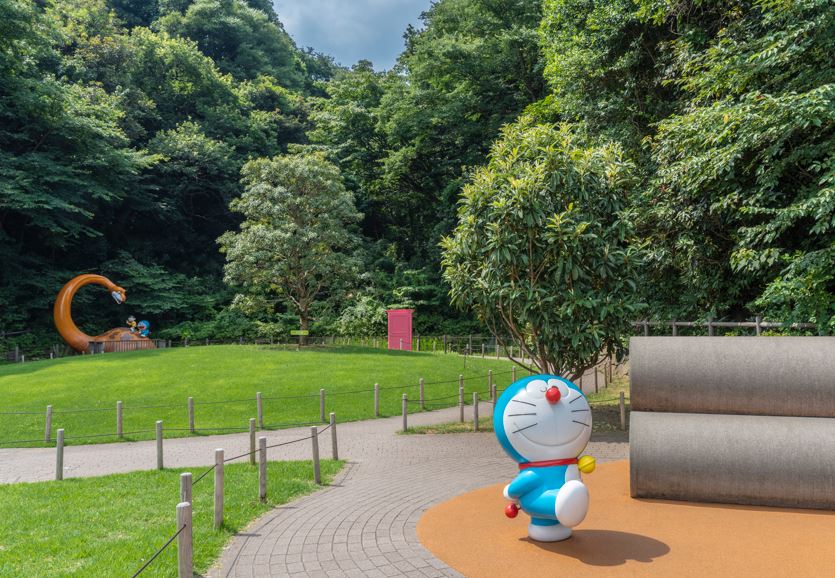
Admission Fee: Adult and university student 1,000 yen, junior high and high school student 700 yen, child (4 years and older) 500 yen
| Access | Noborito Sta. (JR, Odakyu) → 9 min by direct bus (paid) |
| Business hours | 10:00-18:00 |
| URL | https://fujiko-museum.com/english.html |
Kawasaki Daishi
Kawasaki Daishi is one of the three major temples of the Shingon Buddhism Chisan sect in the Kanto region, alongside Naritasan Shinshoji Temple in Chiba Prefecture and Takaosan Yakuoin Temple in western Tokyo. Known as the temple of “Yakuyoke Daishi” (the Great Master of Protection from Evil), it draws worshippers from all over Japan during the first three days of the New Year, when people pray for good health for the coming year. The grounds are home to Buddhist structures, including a rare octagonal five-story pagoda and a sutra hall with beautiful ceiling paintings. The Nakamise shopping street leading to the temple is lined with specialty daruma doll shops and souvenir stores.
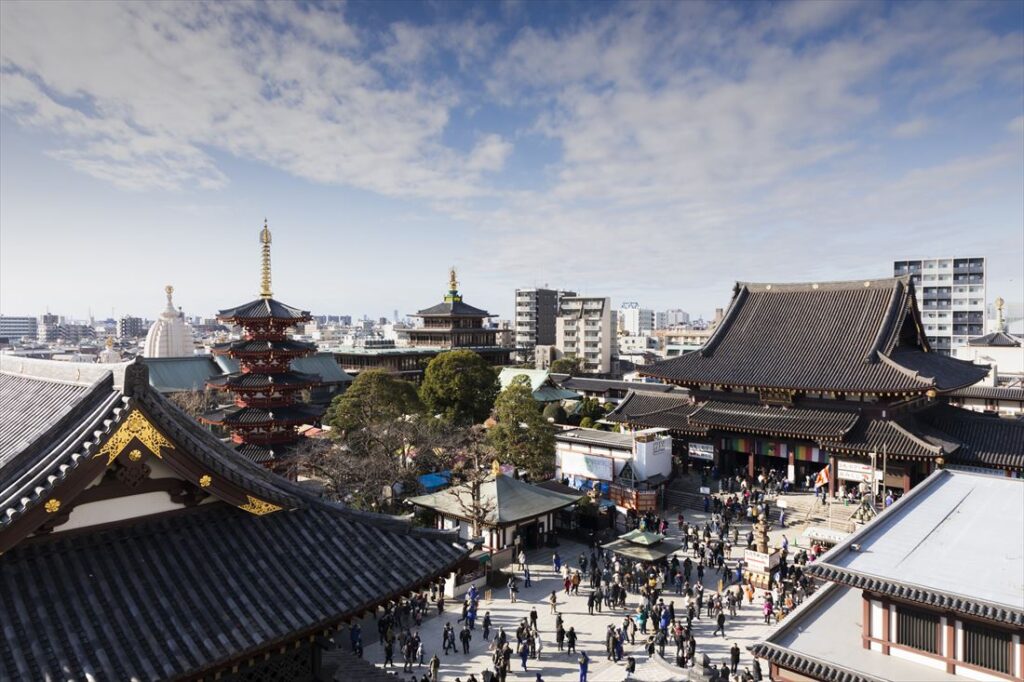
Don’t forget to try “kuzumochi,” a gluten-free Japanese dessert made from fermented wheat starch and served with kinako (soybean flour) and brown sugar syrup!
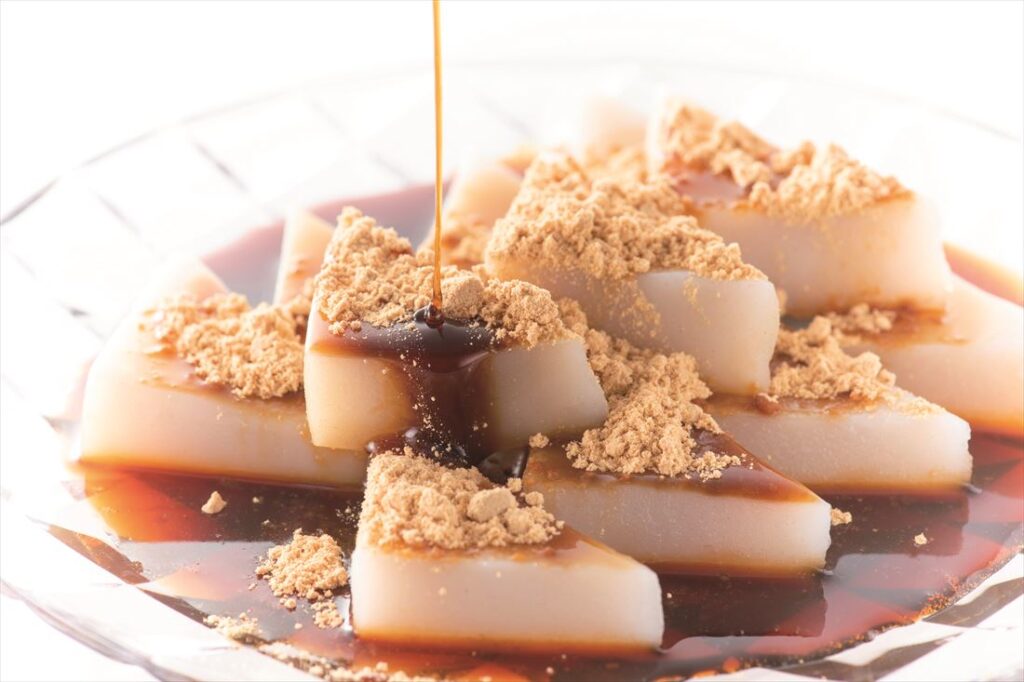
| Access | Kawasakidaishi Sta. (Keikyu) → 8 min walk |
Factory Nightscapes and Cruises
Kawasaki’s coastal area is part of the Keihin Industrial Zone, one of Japan’s largest, packed with a variety of factories. At night, the lights from the factories create a mysterious and fascinating view different from the daytime. There are night cruises that offer views of these illuminated factories, providing a unique and unforgettable travel experience!
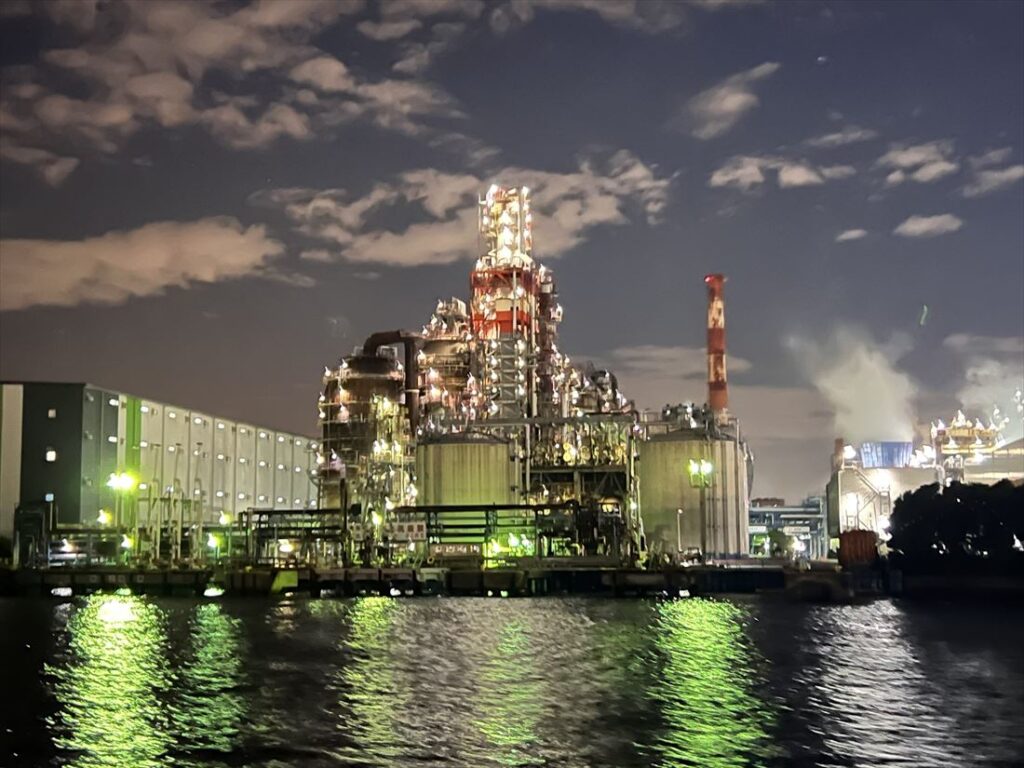
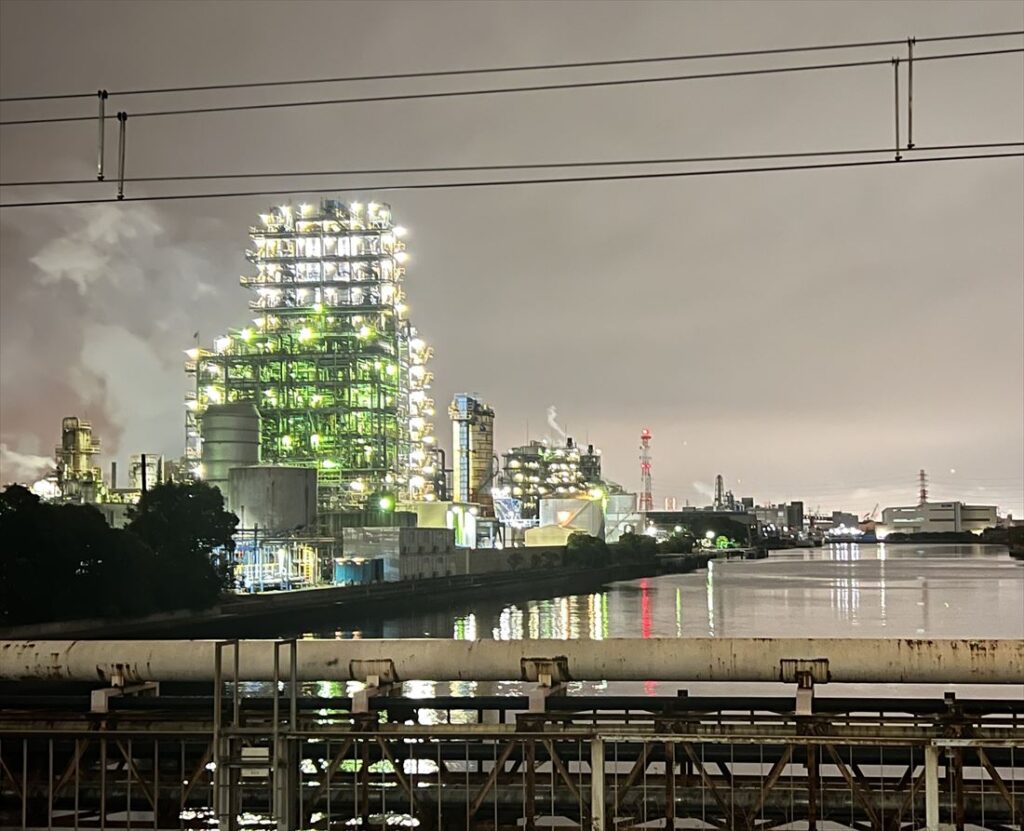
【Jogashima (Miura City)】
Just less than two hours from central Tokyo by train and bus, Jogashima sits at the southernmost tip of the Miura Peninsula in southeastern Kanagawa Prefecture. Visitors can enjoy the rich natural beauty of the coast and indulge in fresh seafood.
| Access | Misakiguchi Sta. (Keikyu) → 28 min by bus → Jogashima stop |
Umanose Domon
A striking cave formed over many years by the erosion caused by waves, wind, and rain. The view of Sagami Bay behind the cave is just like a large-scale art piece created by nature.
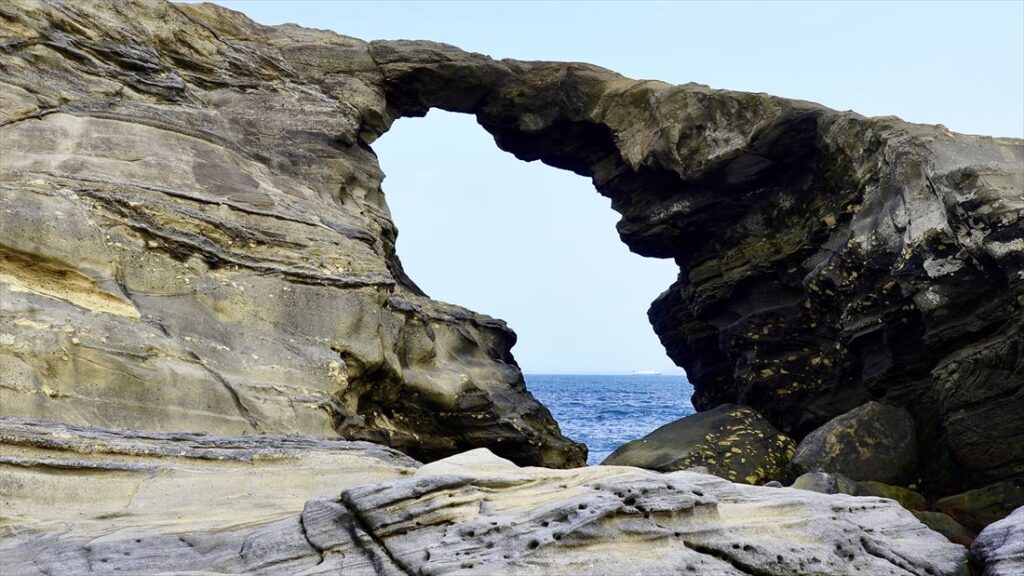
Umiu Observatory
From November to April is the season for observing flocks of migratory cormorants, known as “Umiu,” as they come to the area to spend the winter. Watching hundreds of these birds resting on the coastal cliffs or flying around is a breathtaking sight.
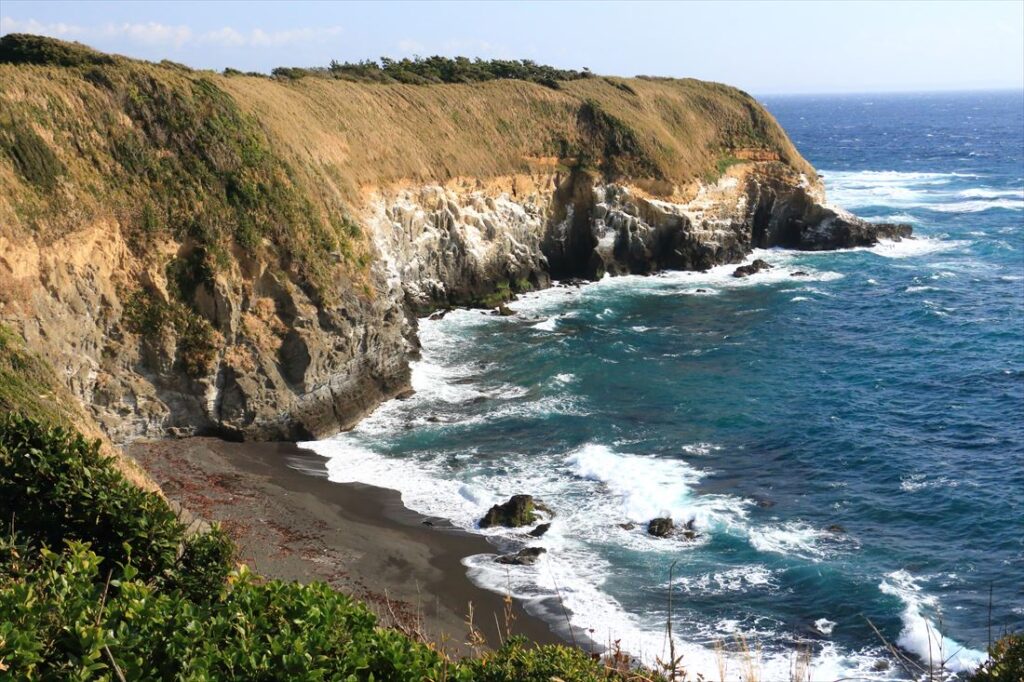
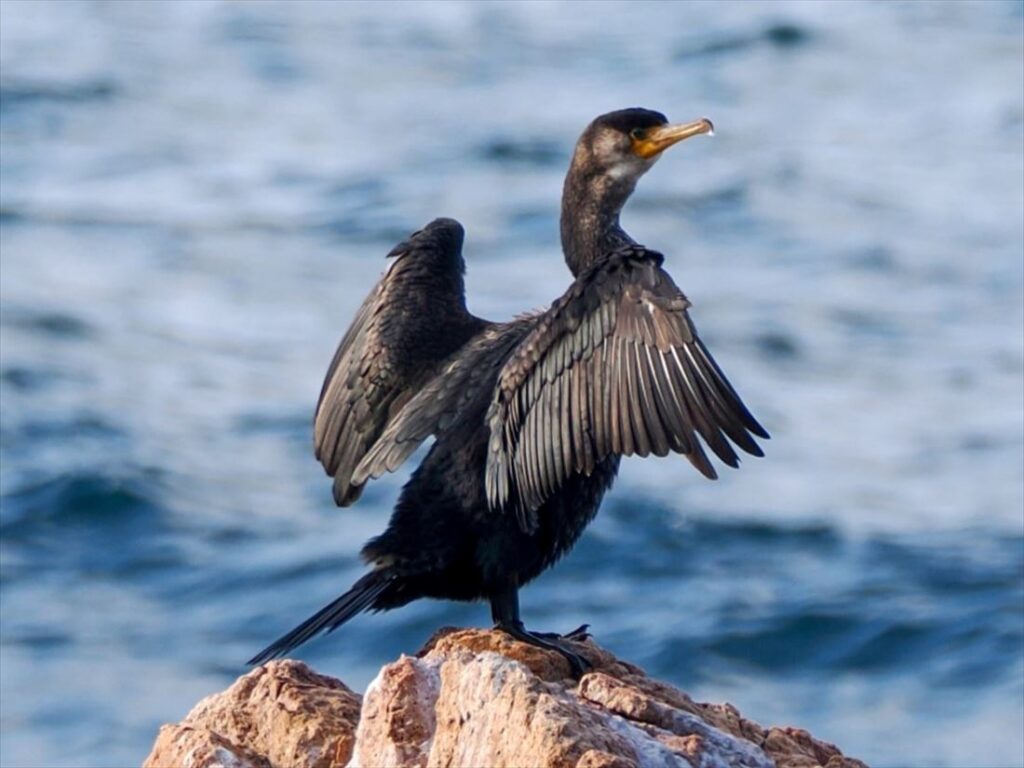 Cormorant
Cormorant
The Island's Two Lighthouses
Awasaki Lighthouse
Located on the eastern side of the island, this lighthouse features a pointed roof. The white and green gradient on the tower is said to have been inspired by local vegetables.
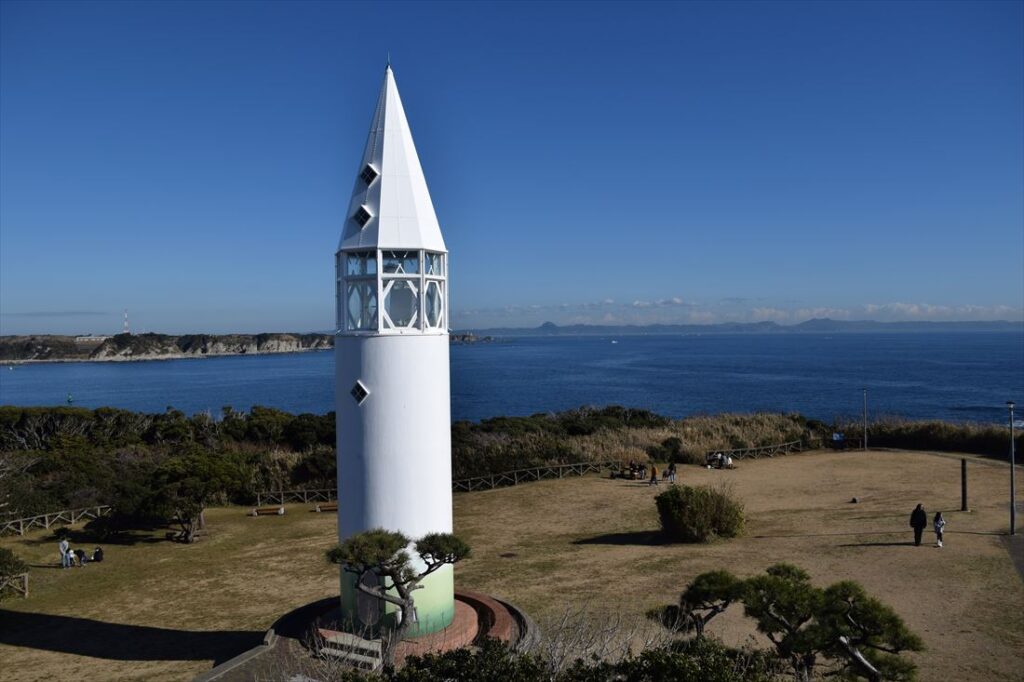
Jogashima Lighthouse
Designed by a French engineer, this lighthouse was completed in 1870. Although it was damaged in the Great Kanto Earthquake of 1923, it was rebuilt the following year. In 2019, part of the lighthouse was wrapped in a trick art design, creating optical illusions.
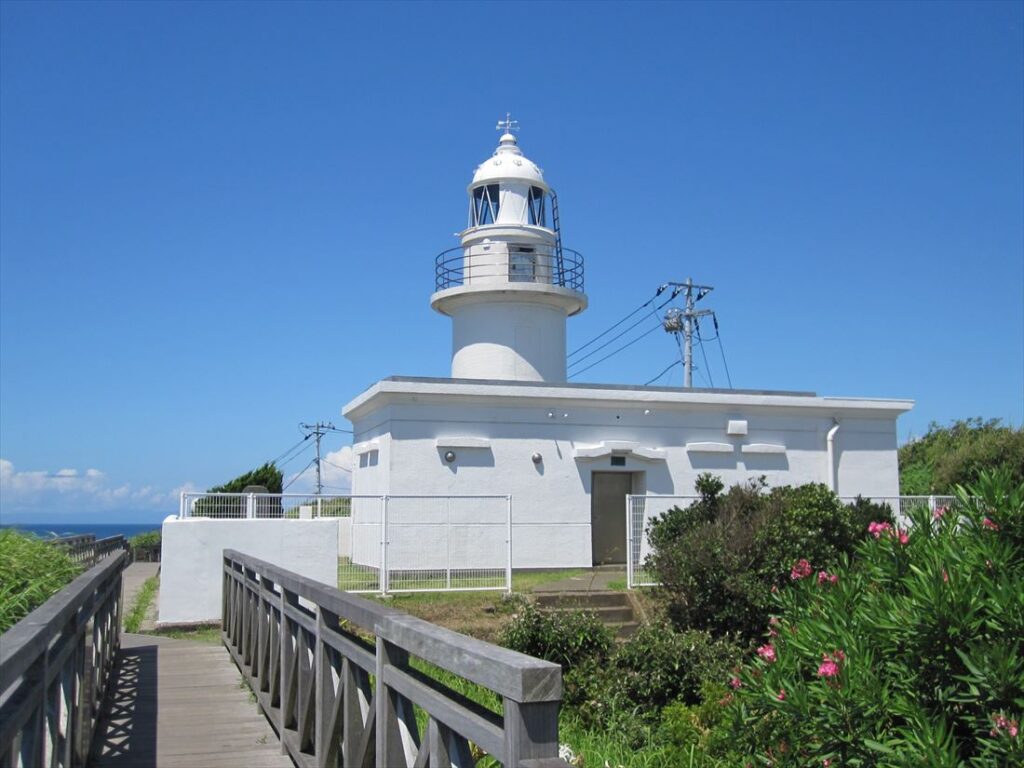
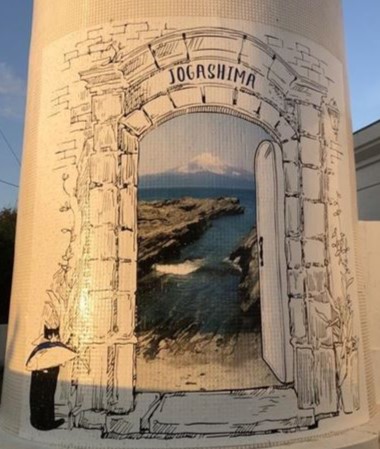
One more…Enjoy Local Seafood!
On Jogashima Island, there are several diners where you can savor seafood bowls and set meals featuring fresh tuna and whitebait at affordable prices.
【Isehara City】
Isehara in central Kanagawa Prefecture has developed as a suburban bedroom community near Yokohama and the greater Tokyo. In the city’s northwest stands Mt. Oyama, part of the Tanzawa-Oyama Quasi-National Park, known as a popular hiking spot.
Oyama Afuri Shrine (Isehara City)
This shrine, founded over 2,200 years ago according to legend, is situated on the 1,252-meter-high Mt. Oyama. During the medieval period, it was revered by powerful samurai clans such as the Genji, Hojo, and Tokugawa families. Later, it also became a popular site of worship for commoners. Visiting the shrine is known as “Oyama Mairi,” and due to its historic and cultural significance, it has been recognized as a Japan Heritage site. A cable car runs up to the Shimosha (Lower Shrine) at an elevation of 696 meters, allowing visitors to easily take delight in the fine scenery of the changing seasons.
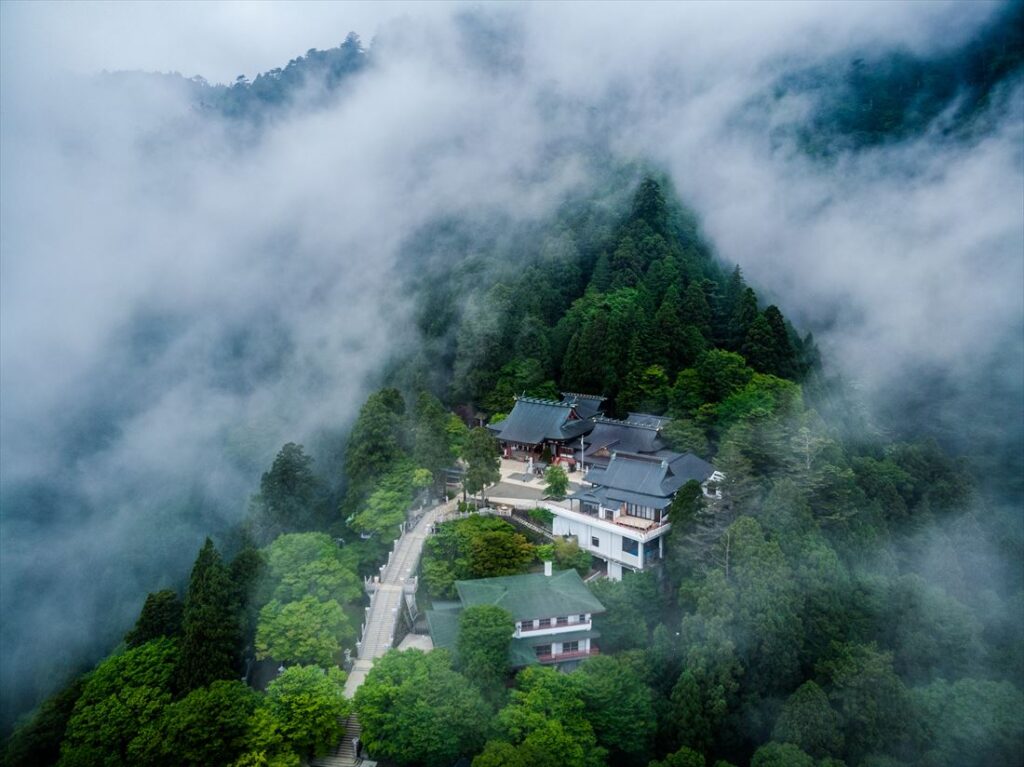
| Access | Isehara Sta. (Odakyu) → 30 min by bus → Oyama-Cable Stop → 15 min walk → Oyama-Cable Sta. (Oyama Cable Car) → 6 min by cable car |
Also recommended: At Shimosha, the tea house “Sekison” offers majestic terrace views, along with coffee and sweets like matcha tiramisu served in a masu (wooden sake box).
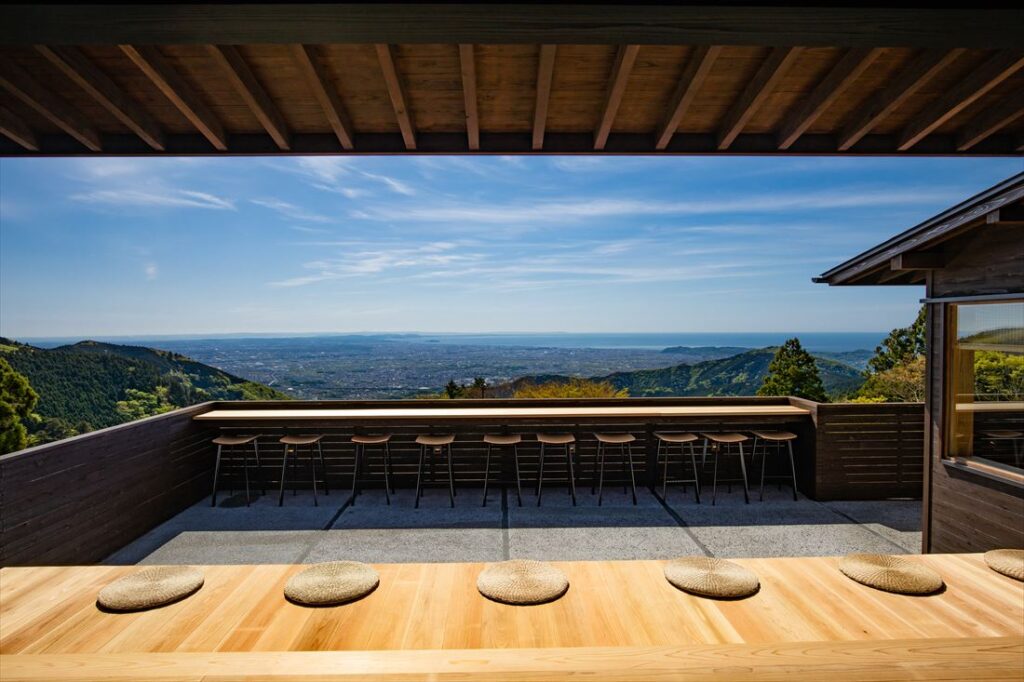
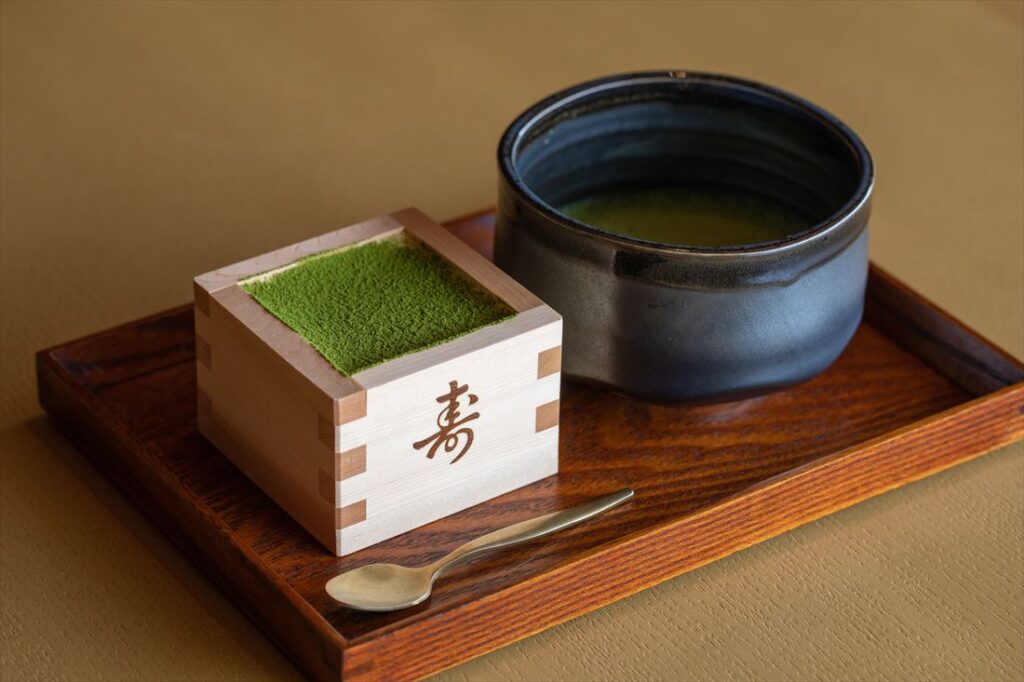
【Three scenic spots in Kanagawa for viewing Mt. Fuji】
1. Shinnase Bus Stop (Hayama Town)
A stunning viewpoint featured in TV commercials and anime. Enjoy the panorama of Mt. Fuji, Enoshima Island, and other famous landmarks from this bus stop.
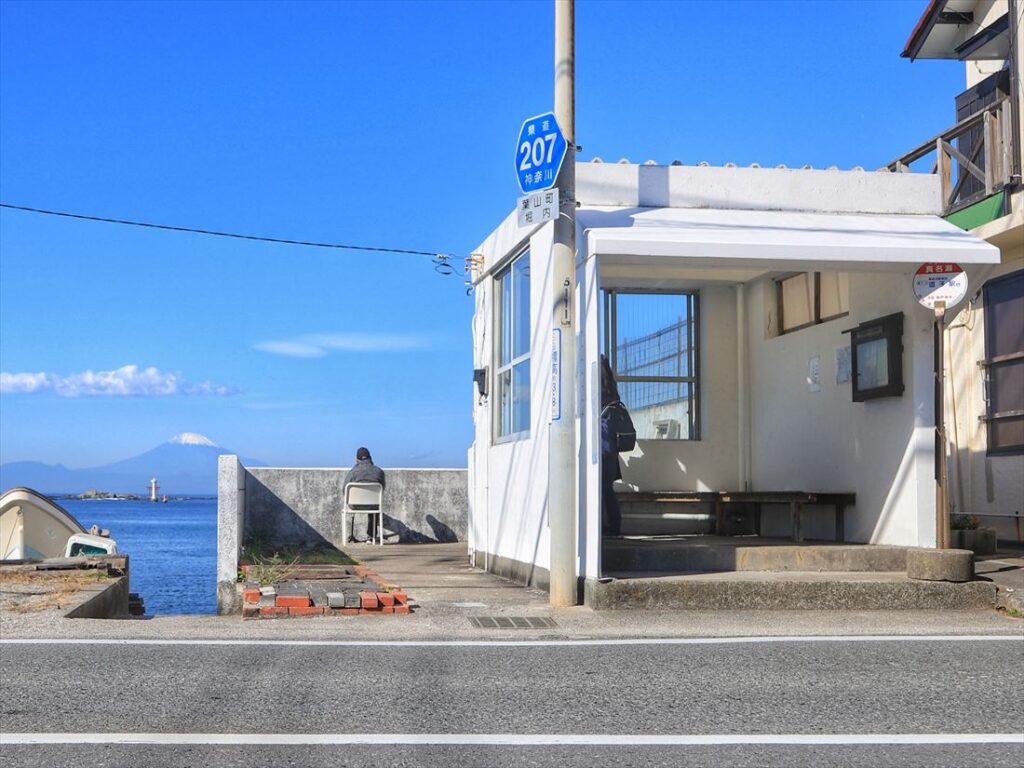
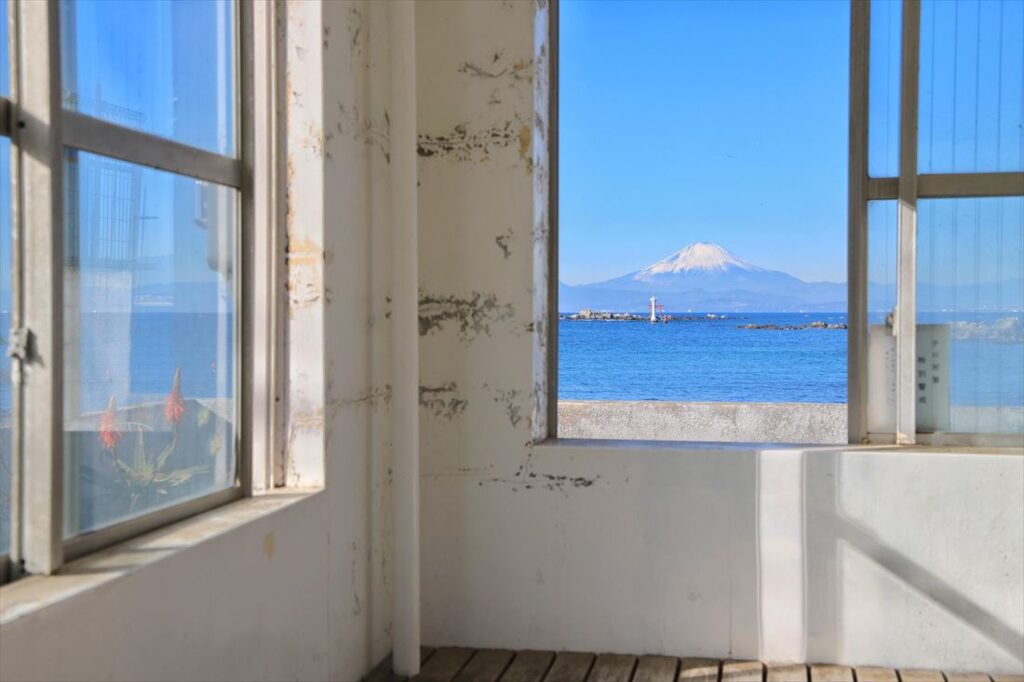
Access: JR Zushi Sta. → 16 min by bus → Shinnase stop
2. Inamuragasaki (Kamakura City)
This coastal spot in Kamakura offers a wonderful view of Mt. Fuji along with Enoshima. While the daytime scenery is impressive, the sunset adds a particularly romantic touch.
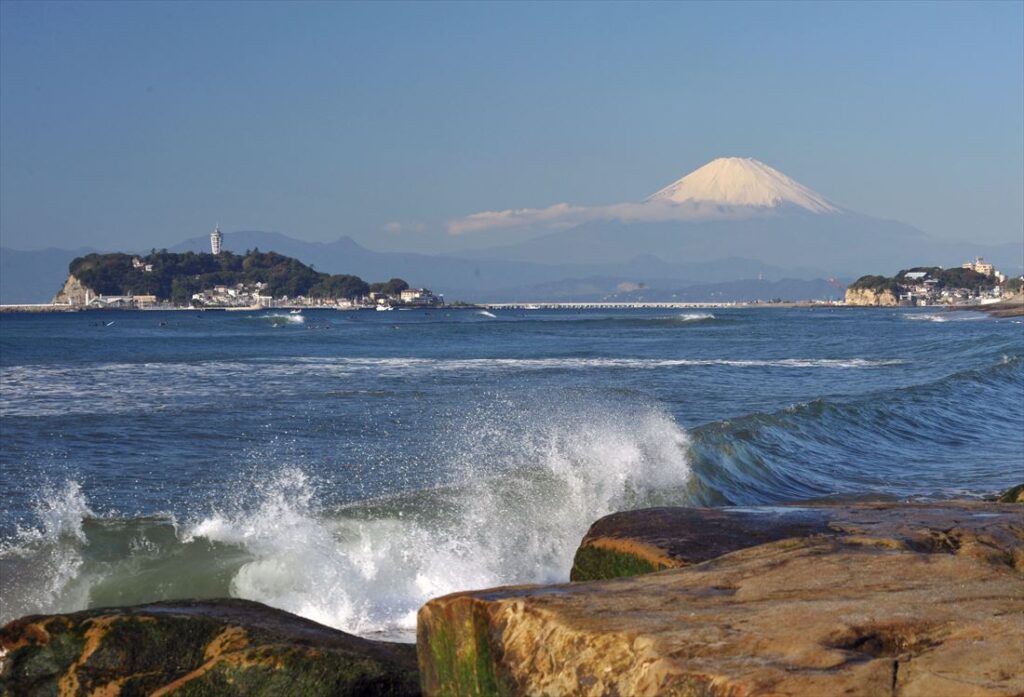
Access: Inamuragasaki Sta. (Enoden) → 5 min walk
3. Mt. Oyama (Isehara City)
On the way from Oyama Afuri Shrine’s Shimosha (Lower Shrine) to the main shrine or at the summit, you can see the majestic Mt. Fuji beyond the mountains of the Tanzawa mountain range. Some parts of the trail are steep, so hiking gear like boots, rain gear, and a backpack are recommended.
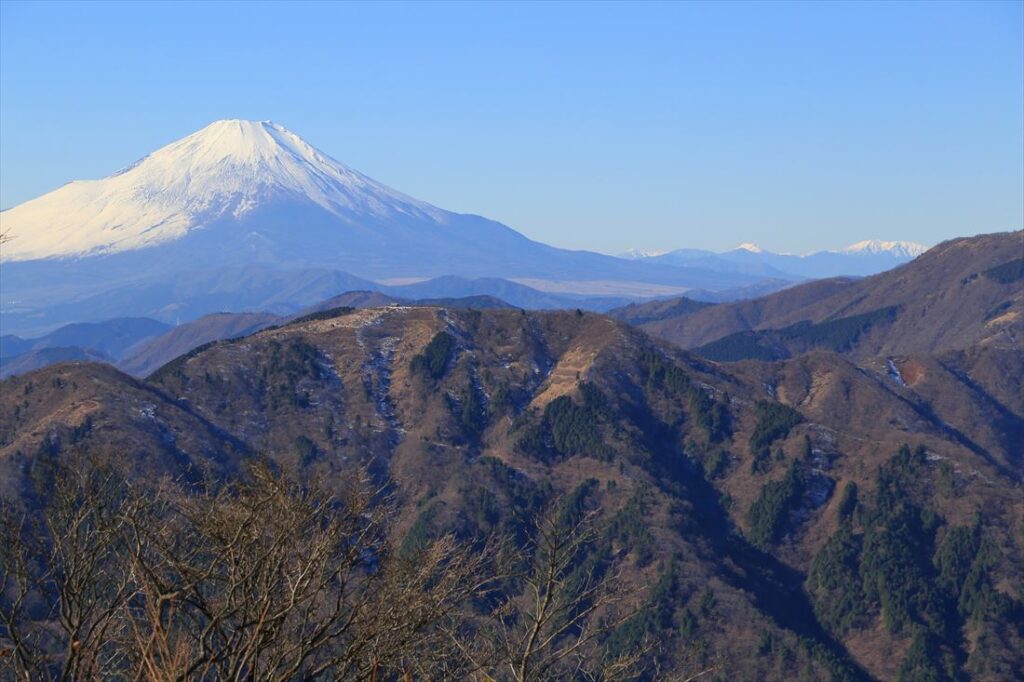
【Odawara City】
Located about 30 minutes from Tokyo by Shinkansen, Odawara serves as the gateway to Hakone and has a rich history as a castle and post town. Don’t just pass through—take the time to explore the city!
Odawara Castle
From the 15th century, this castle played a crucial role as a base for regional lords in the Kanto region. From the observation deck of the castle tower, at about 60 meters above sea level, take in a 360-degree view of the city. Must-see spots for Japanese history enthusiasts include the Tokiwagi Gate SAMURAI Museum, which displays samurai armor and swords, and the interactive Odawara Castle NINJA Museum, where you can learn all about ninjas.
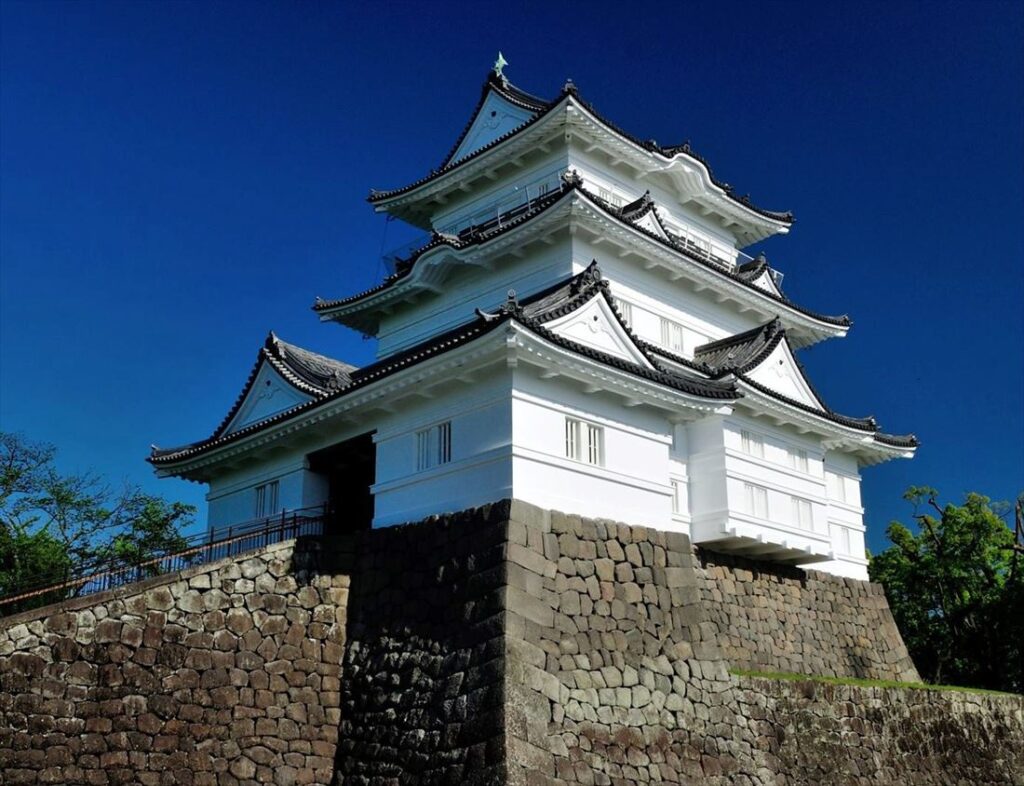
Admission Fee: Adult 510 yen, Elementary and Junior High School Student 200 yen (Ticket for the Castle Tower) / Adult 610 yen, Elementary and Junior High School Student 220 yen (Combined Ticket for the Castle Tower and Tokiwagi Gate)
| Access | Odawara Sta. → 10 min walk |
| Business hours | 9:00-17:00 (admission until 16:30) |
| Regular holiday | The second Wednesday of December, December 31, and January 1 |
Minaka Odawara
This facility, directly connected to Odawara Station, recreates a traditional streetscape and features over 40 shops offering local seafood, oden, sweets, and souvenirs. The upper floors of the tower building house a hotel, and on the top floor, the 14th floor, there is a footbath with water transported from Hakone Yumoto Onsen. Gaze at panoramic views of the city, Odawara Castle, and Sagami Bay while relieving your fatigue.
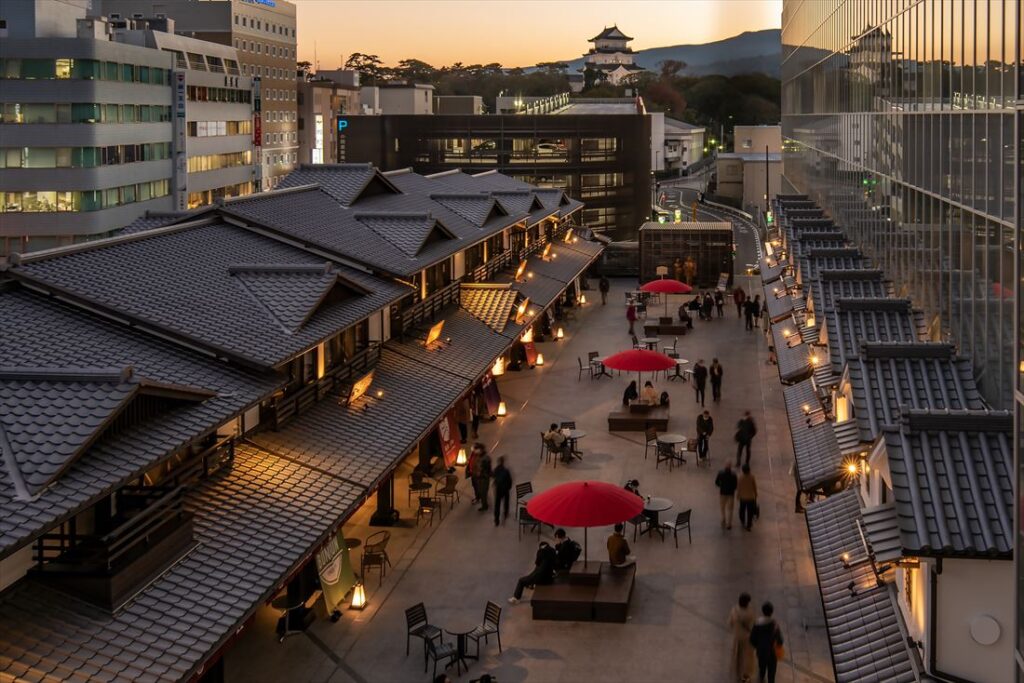
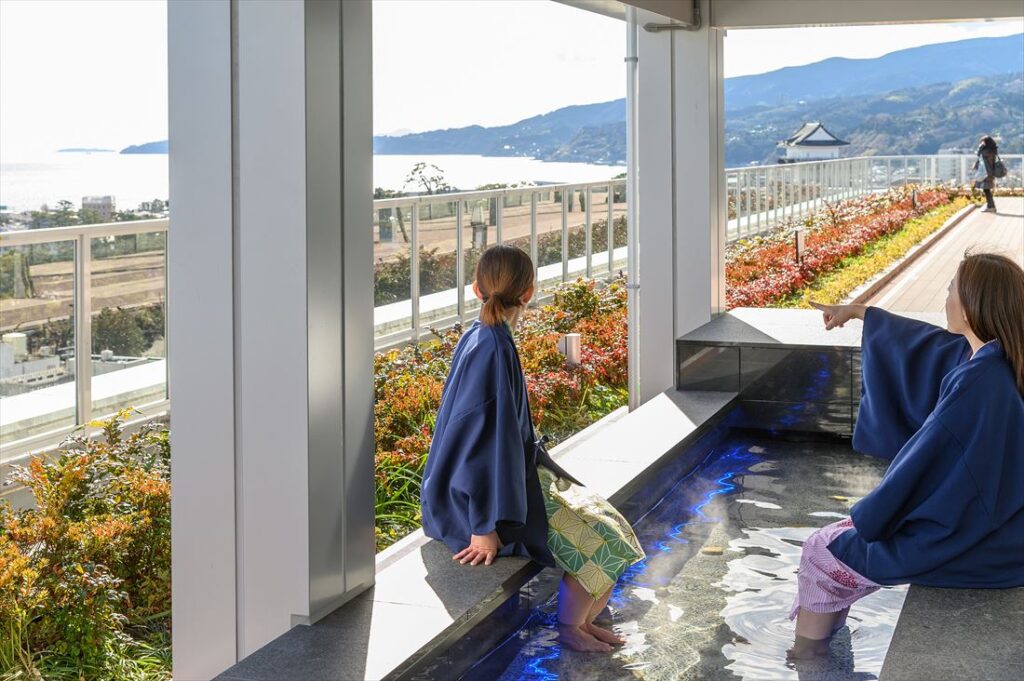
| Business hours | Shops: 10:00-20:00 Restaurant: 11:00-21:00 (Seisho Food Stadium: 11:00-23:00) Scenic Footbath Garden: 10:00-20:00 |
Odawara Art Foundation Enoura Observatory
This museum, opened by contemporary artist Sugimoto Hiroshi, is located in a former mandarin orange grove. The “Optical Glass Stage with Amphitheater Seating” overlooks Sagami Bay, giving the impression of a stage floating on the sea. Other standout features include a 100-meter-long gallery extending towards the ocean and a tunnel designed to let the sunlight stream in during the winter solstice. Reservations required in advance.
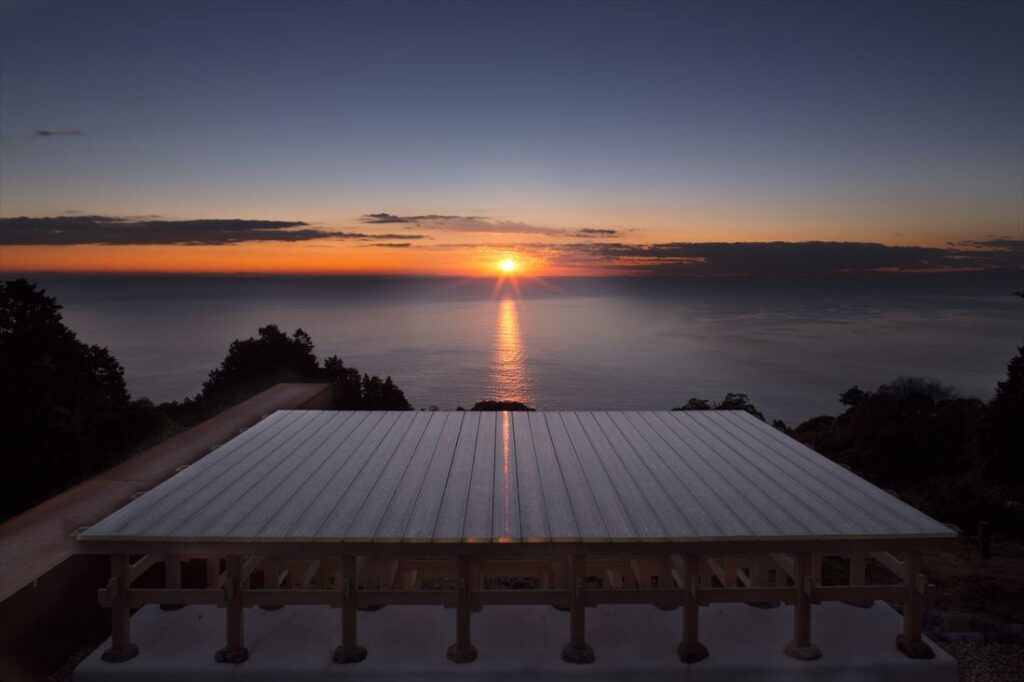 ©Odawara Art Foundation
©Odawara Art Foundation
3,300 yen (advance purchase required)
| Access | JR Nebukawa Sta. → 10 min by free shuttle bus |
| Regular holiday | Tuesdays and Wednesdays, New Year holidays *May have temporary closures |
| URL | https://www.odawara-af.com/en/ |
